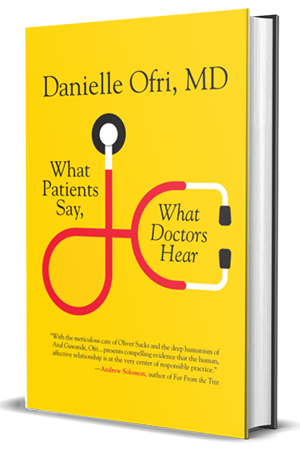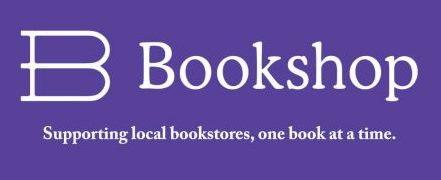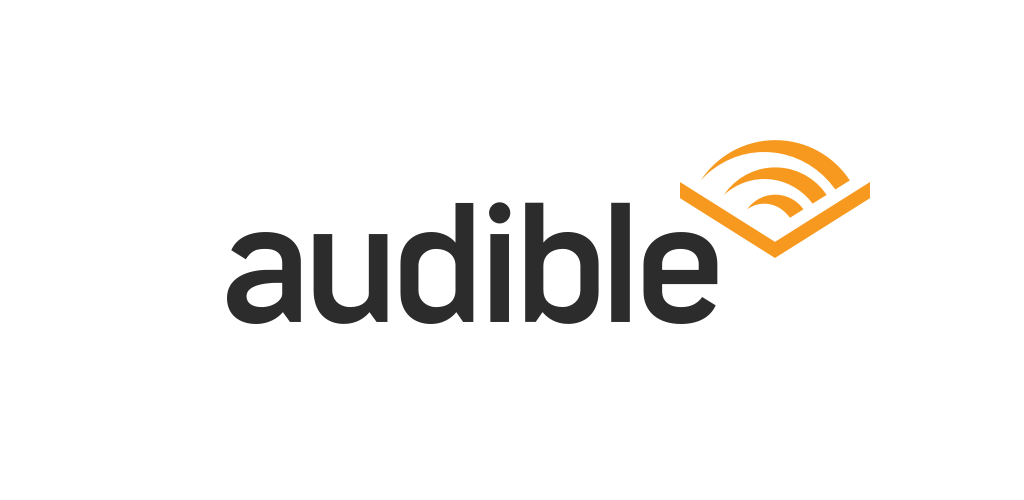The Conversation Placebo
by Danielle Ofri
New York Times op-ed
In my daily work as a primary care internist, I see no letup from pain. Every single patient, it seems, has an aching shoulder or a bum knee or a painful back. “Our bodies evolved to live about 40 years,†I always explain, “and then be finished off by a mammoth or a microbe.†Thanks to a century of staggering medical progress, we now live past 80, b
In my daily work as a primary care internist, I see no letup from pain. Every single patient, it seems, has an aching shoulder or a bum knee or a painful back. “Our bodies evolved to live about 40 years,” I always explain, “and then be finished off by a mammoth or a microbe.” Thanks to a century of staggering medical progress, we now live past 80, but evolution hasn’t caught up; the cartilage in our joints still wears down in our 40s, and we are more obese and more sedentary than we used to be, which doesn’t help.
So it’s no surprise that chronic arthritis and back pain are the second and third most common non-acute reasons that people go to the doctor and that pain costs America up to $635 billion annually. The pain remedies developed by the pharmaceutical industry are only modestly effective, and they have side effects that range from nausea and constipation to addiction and death.
What’s often overlooked is that the simple conversation between doctor and patient can be as potent an analgesic as many treatments we prescribe.
In 2014, researchers in Canada did an interesting study about the role of communication in the treatment of chronic back pain. Half the patients in the study received mild electrical stimulation from physical therapists, and half received sham stimulation (all the equipment is set up, but the electrical current is never activated).
Sham treatment — placebo — worked reasonably well: These patients experienced a 25 percent reduction in their levels of pain. The patients who got the real stimulation did even better, though; their pain levels decreased by 46 percent. So the treatment itself does work.
Each of these groups was further divided in half. One half experienced only limited conversation from the physical therapist. With the other half, the therapists asked open-ended questions and listened attentively to the answers. They expressed empathy about the patients’ situation and offered words of encouragement about getting better.
Patients who underwent sham treatment but had therapists who actively communicated reported a 55 percent decrease in their pain. This is a finding that should give all medical professionals pause: Communication alone was more effective than treatment alone. The patients who got electrical stimulation from engaged physical therapists were the clear winners, with a 77 percent reduction in pain.
This type of study provides hard evidence for what shamans, witch doctors and assorted mystics have known for millenniums: A substantial portion of “healing” comes from the communication and connection with the patient.
Before we had treatments that could actually counteract the pathology of disease — antibiotics, chemotherapy, stents, organ transplants, transfusions — placebo was the mainstay of medical care, and in many cases it was remarkably effective.
A good example is patients suffering from vague diffuse pains with no discernible cause. Frequently my patients ask if a multivitamin will give them more energy. In the past I would say no, because there are no significant scientific studies to demonstrate this, and also because in the absence of a vitamin deficiency there’s not much for a basic multivitamin pill to do. Now I take a different approach. I say something along the lines of “Many of my patients find that they have more energy when they take a multivitamin.” I’m not lying, because many have indeed said so. Without fail, there are always a few patients who come back at the next visit and swear they feel much better.
There are some who argue that it is unethical to promote placebos to patients. But increasingly, many say it would be unethical not to give placebos a try in situations where patients are not getting relief from traditional means (and where it would not cause harm or replace a necessary treatment).
It’s clear that how doctors and nurses communicate their treatment can have profound effects on how patients experience the results of that treatment. Yet the conversation between doctors and patients is one of the least valued aspects of medical care. Insurance reimbursements for tests and medical procedures dwarf reimbursements for talking to patients or spending time thinking about what ails them. And the pharmaceutical industry, with its direct-to-consumer advertising, has promulgated the fallacy that every ailment must be met with a pill — brand name, of course.
As health care faces its latest overhaul, it’s crucial for the medical profession, as well as insurance companies and decision makers in government, to recognize the power of the doctor-patient conversation. It’s the most valuable diagnostic tool we have and can be remarkably effective as a treatment tool as well. Training for doctors and other medical professionals should emphasize communication skills with the same rigor that it does for other clinical skills.
Call conversation a placebo if you like, but if it helps without causing harm, then it’s legitimate medicine. Relieving suffering, after all, is what the Hippocratic oath is all about.
ut evolution hasn’t caught up; the cartilage in our joints still wears down in our 40s, and we are more obese and more sedentary than we used to be, which doesn’t help.
So it’s no surprise that chronic arthritis and back pain are the second and third most common non-acute reasons that people go to the doctor and that pain costs America up to $635 billion annually. The pain remedies developed by the pharmaceutical industry are only modestly effective, and they have side effects that range from nausea and constipation to addiction and death.
What’s often overlooked is that the simple conversation between doctor and patient can be as potent an analgesic as many treatments we prescribe.
In 2014, researchers in Canada did an interesting study about the role of communication in the treatment of chronic back pain. Half the patients in the study received mild electrical stimulation from physical therapists, and half received sham stimulation (all the equipment is set up, but the electrical current is never activated). Sham treatment — placebo — worked reasonably well: These patients experienced a 25 percent reduction in their levels of pain. The patients who got the real stimulation did even better, though; their pain levels decreased by 46 percent. So the treatment itself does work.
Each of these groups was further divided in half. One half experienced only limited conversation from the physical therapist. With the other half, the therapists asked open-ended questions and listened attentively to the answers. They expressed empathy about the patients’ situation and offered words of encouragement about getting better.
Patients who underwent sham treatment but had therapists who actively communicated reported a 55 percent decrease in their pain. This is a finding that should give all medical professionals pause: Communication alone was more effective than treatment alone. The patients who got electrical stimulation from engaged physical therapists were the clear winners, with a 77 percent reduction in pain.
This type of study provides hard evidence for what shamans, witch doctors and assorted mystics have known for millenniums: A substantial portion of “healing†comes from the communication and connection with the patient.
Before we had treatments that could actually counteract the pathology of disease — antibiotics, chemotherapy, stents, organ transplants, transfusions — placebo was the mainstay of medical care, and in many cases it was remarkably effective.
A good example is patients suffering from vague diffuse pains with no discernible cause. Frequently my patients ask if a multivitamin will give them more energy. In the past I would say no, because there are no significant scientific studies to demonstrate this, and also because in the absence of a vitamin deficiency there’s not much for a basic multivitamin pill to do. Now I take a different approach. I say something along the lines of “Many of my patients find that they have more energy when they take a multivitamin.†I’m not lying, because many have indeed said so. Without fail, there are always a few patients who come back at the next visit and swear they feel much better.
There are some who argue that it is unethical to promote placebos to patients. But increasingly, many say it would be unethical not to give placebos a try in situations where patients are not getting relief from traditional means (and where it would not cause harm or replace a necessary treatment).
It’s clear that how doctors and nurses communicate their treatment can have profound effects on how patients experience the results of that treatment. Yet the conversation between doctors and patients is one of the least valued aspects of medical care. Insurance reimbursements for tests and medical procedures dwarf reimbursements for talking to patients or spending time thinking about what ails them. And the pharmaceutical industry, with its direct-to-consumer advertising, has promulgated the fallacy that every ailment must be met with a pill — brand name, of course.
As health care faces its latest overhaul, it’s crucial for the medical profession, as well as insurance companies and decision makers in government, to recognize the power of the doctor-patient conversation. It’s the most valuable diagnostic tool we have and can be remarkably effective as a treatment tool as well. Training for doctors and other medical professionals should emphasize communication skills with the same rigor that it does for other clinical skills.
Call conversation a placebo if you like, but if it helps without causing harm, then it’s legitimate medicine. Relieving suffering, after all, is what the Hippocratic oath is all about.










